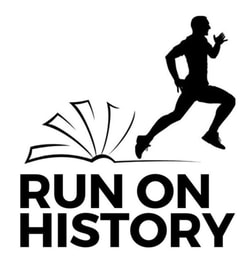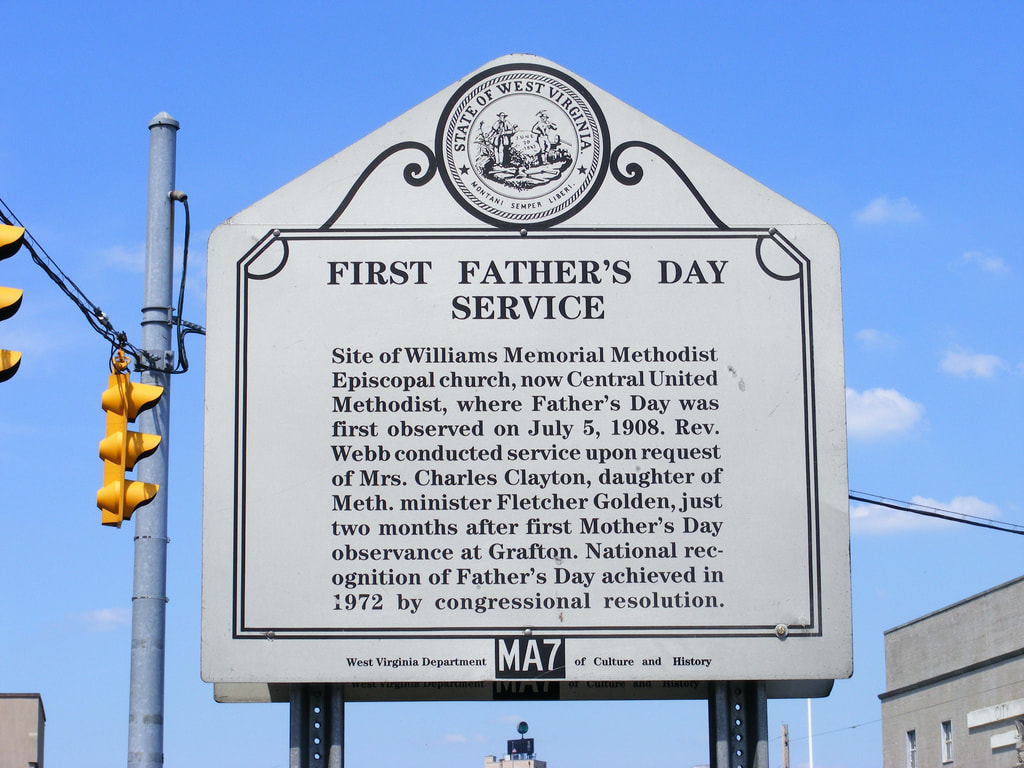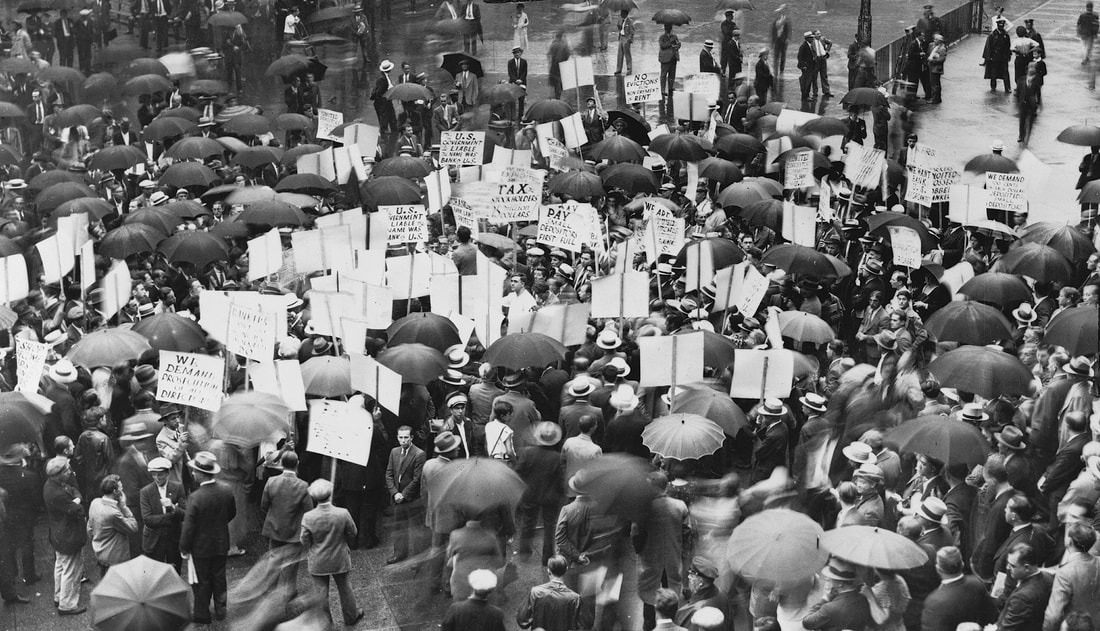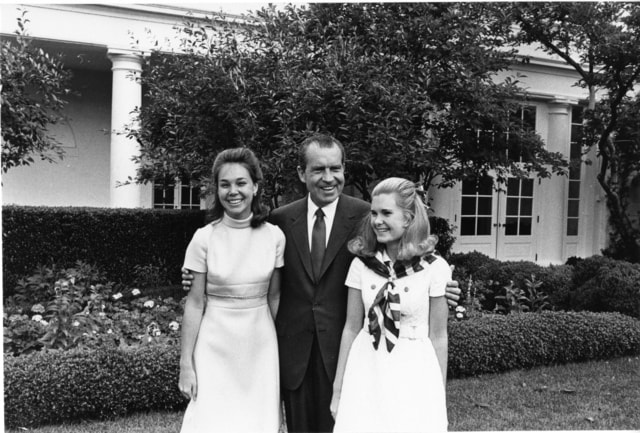History of Father’s Day
Written by Nate Aleshire
Father’s Day was made a federal holiday in 1972, long after Mother’s Day was nationally recognized. Unsurprisingly, Father’s Day as a state or federal holiday was inspired by Mother’s Day. However, its history dates back to 1910, when Washington State first adopted the holiday. Activist Ann Reeves Jarvis, who advocated for the end of wars and in favor of women’s rights during the 1860s, was the inspiration for Mother’s Day, and her daughter, Anna Jarvis, wanted to honor that. In 1914, President Woodrow Wilson signed a bill that designated the second Sunday of every May as Mother’s Day.
A celebration of fathers did not receive the same widespread popular support as Mother’s Day. In the early 20th century, Americans simply believed that the sentimental bond between mothers and their children was stronger than fathers. Another idea is that men rejected the holiday, viewing expressions of affection as too feminine. There were still many staunch proponents of such a holiday. Children were the most vocal group, as they felt a strong desire to celebrate their fathers in the same way as their mothers.
A celebration of fathers did not receive the same widespread popular support as Mother’s Day. In the early 20th century, Americans simply believed that the sentimental bond between mothers and their children was stronger than fathers. Another idea is that men rejected the holiday, viewing expressions of affection as too feminine. There were still many staunch proponents of such a holiday. Children were the most vocal group, as they felt a strong desire to celebrate their fathers in the same way as their mothers.
|
The first recorded celebration of Father’s Day took place on July 5, 1908, in West Virginia, after a mining collapse killed hundreds of men, many of them fathers. A minister’s daughter, Grace Golden Clayton, suggested the service to honor the fathers who died. Clayton’s idea didn’t catch on until a year later, when Sonora Smart Dodd proposed a similar holiday. In Spokane, Washington, Dodd took inspiration from the newly popular Mother’s Day and argued in favor of one for fathers. Dodd’s father was a Civil War veteran who solely raised six children after his wife died during childbirth. She wanted to honor him and all fathers who struggled with similar responsibilities. She made key connections through local churches, the YMCA, and the community, which agreed to recognize the third Sunday of every June as Father's Day in Spokane. Dodd initially wanted June 5, her father’s birthday, to be the date of Father’s Day, but organizers pushed against it. This was mostly because they wanted more time for preparation in-between Father’s Day and Mother’s Day, for church sermons or larger-scale events.
|
Spokane’s Father’s Day celebration caught the attention of the media, and the holiday soon received national attention. Presidents Woodrow Wilson and Calvin Coolidge gave limited forms of approval, only observing the holiday themselves, but it was still mostly up to states to decide whether to recognize the holiday. A small alternative group in the 1920s wanted a simplified Parents’ Day, which would honor both of them, but that idea did not last very long. Most people wanted each parent to get specific recognition for the different roles they often served. However, two huge economic factors would push more of the public into accepting Father’s Day.
|
First, the Great Depression caused the collapse of global markets, and families across the United States were thrust into hardship. However, during this time, many households began celebrating Father’s Day during this period. This was partly a show of gratitude for all that their fathers had done to keep their families from going hungry. It was also used as an opportunity to get fathers’ gifts like fancy clothes, shoes, or ties. This was meaningful during the Great Depression, when fathers preferred to spend their limited income on their families instead of themselves. Many companies that manufactured products for men began using the holiday as a selling point, convincing families to buy their father’s golf clubs or other luxury goods.
|
The second major influence was World War II. Nearly 300,000 Americans died in combat, with a large majority of those being men. Memorial Day was established in 1868 to honor those who gave their lives in the military, and Veterans Day was established in 1954 to honor all living military service members. Advertisers saw how the popularity of these movements increased profits, and pushed for the additional holiday. To create buy-in for Americans, they suggested that the creation of Father’s Day would further honor those fathers who served.
The Great Depression and World War II had a direct influence on the campaign for a nationally recognized Father’s Day, but they also created a broader change in the American psyche and family dynamics. The concepts of manliness and fatherhood evolved over time, with less resistance to a Father’s Day on the grounds that it would not be “manly enough” for fathers to observe. By the 1950s, both holidays were separated, negating the criticism that men did not want to receive the feminine things given to mothers. Instead, Father’s Day could be spent doing other activities.
The Great Depression and World War II had a direct influence on the campaign for a nationally recognized Father’s Day, but they also created a broader change in the American psyche and family dynamics. The concepts of manliness and fatherhood evolved over time, with less resistance to a Father’s Day on the grounds that it would not be “manly enough” for fathers to observe. By the 1950s, both holidays were separated, negating the criticism that men did not want to receive the feminine things given to mothers. Instead, Father’s Day could be spent doing other activities.



